Suganuma Village in Gokayama
When planning an itinerary to Japan in winter, most people include Shirakawa-go Village as a must-visit place. As Shirakawa-go Village is popular, this also means that it’ll be flooded with tourists. However, just 30 minutes away from Shirakawa-go Village lies a less well-known destination with a similar rustic and traditional vibe – Suganuma Village.
A UNESCO world heritage site
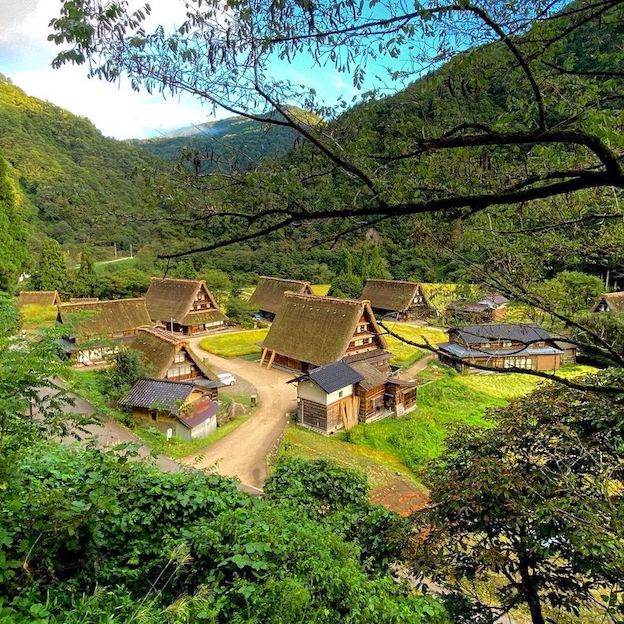
Image credit: @toranyanko5397
Suganuma Village is located in Gokayama, Nanto City, Toyama Prefecture. All in all, there are approximately 40 small villages in Gokayama, including Suganuma Village.
In 1995, Suganuma Village, along with Ainokura Village and Ogimachi Village, were designated as UNESCO world heritage sites. These villages are located along the Sho River and flanked by mountains.
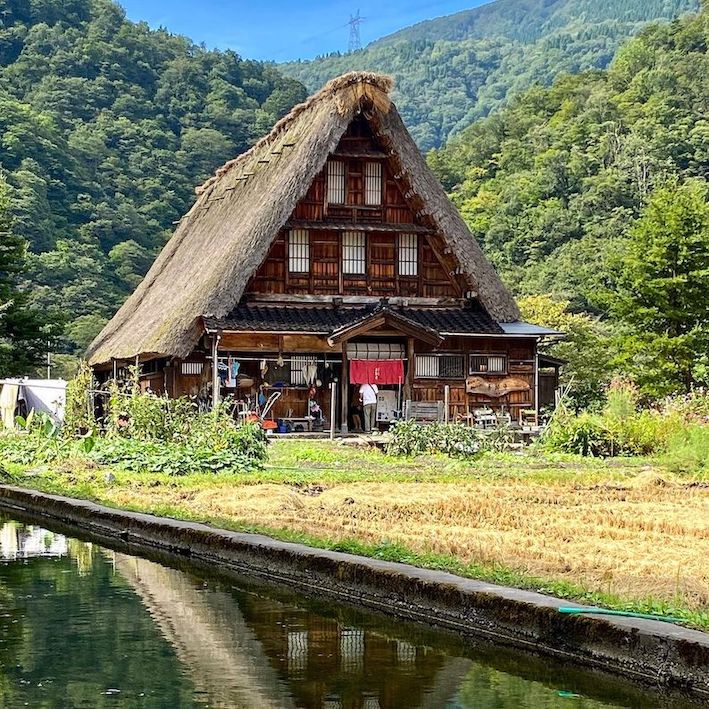
Image adapted from: @takashi_prego
These 3 villages were designated as world heritage sites because of their unique gassho-zukuri – farmhouses built with wooden beams and steep thatched roofs. In the past, houses were built this way to withstand harsh winters and to allow snow to slide off the roofs easily.
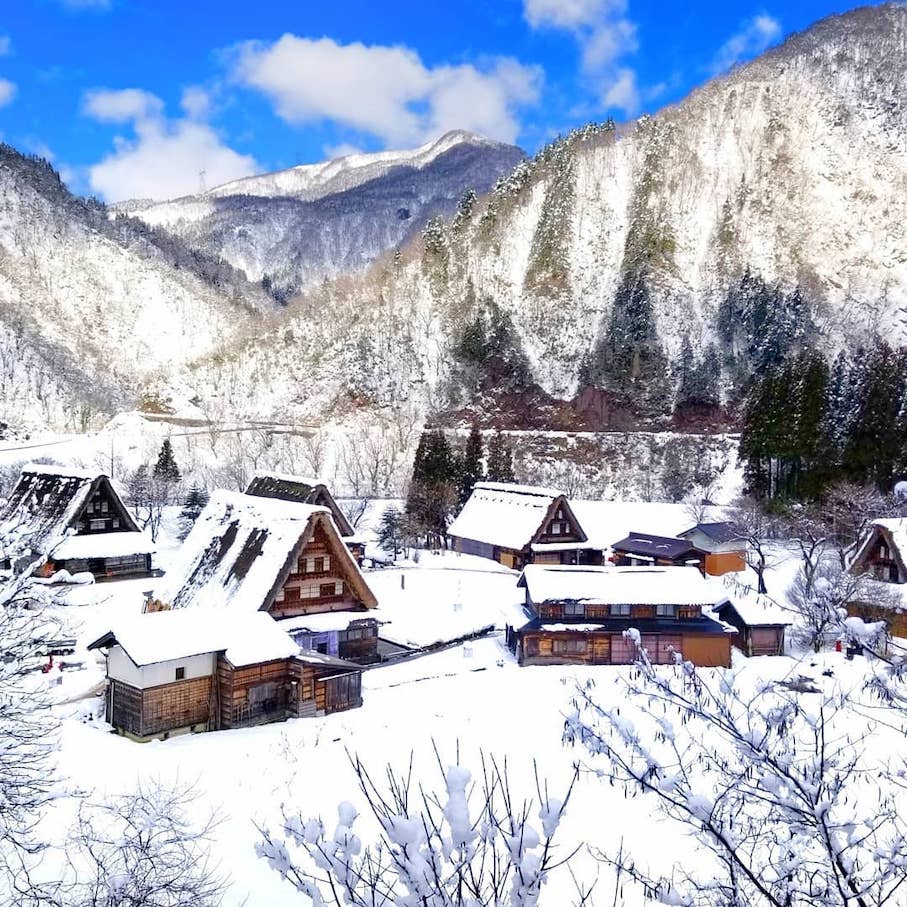
Image credit: @ayasanpom
Although Suganuma Village is especially popular in winter, it’s a charming destination no matter the season. In summer, you can enjoy the view of the surrounding mountainous region and take in gassho-zukuri’s rustic beauty. In winter, the roofs covered with heaps of snow is a sight to behold. The village also holds illumination events in winter and early spring.
Traditional farmhouses are preserved and converted
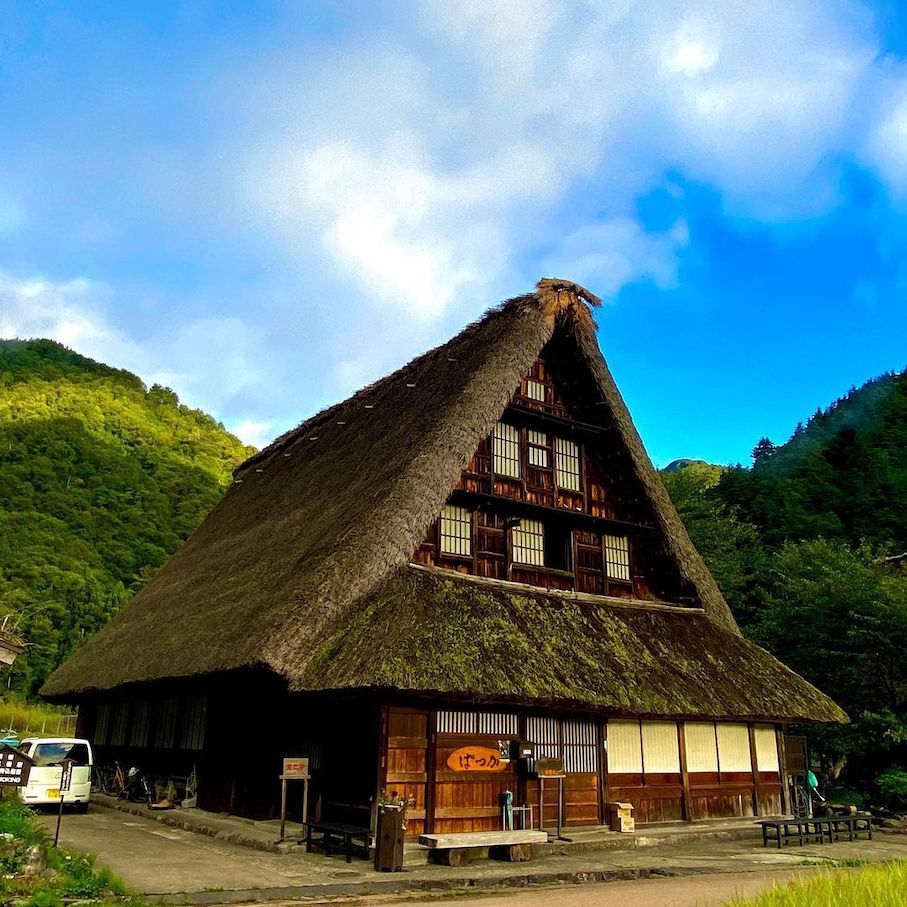
Image credit: @toranyanko5397
Suganuma Village – the smallest village of the 3 – is home to 9 gassho-zukuri. These traditional farmhouses have been preserved and converted into restaurants, cafes, and museums. Here, you can learn more about the village’s history and traditions, and what life is like in a mountainous village.
As Suganuma Village is relatively small, you may be able to cover the grounds in a day. The must-sees are the Saltpeter Museum (塩硝の館) and the Gokayama Folklore Museum (五箇山民俗館).
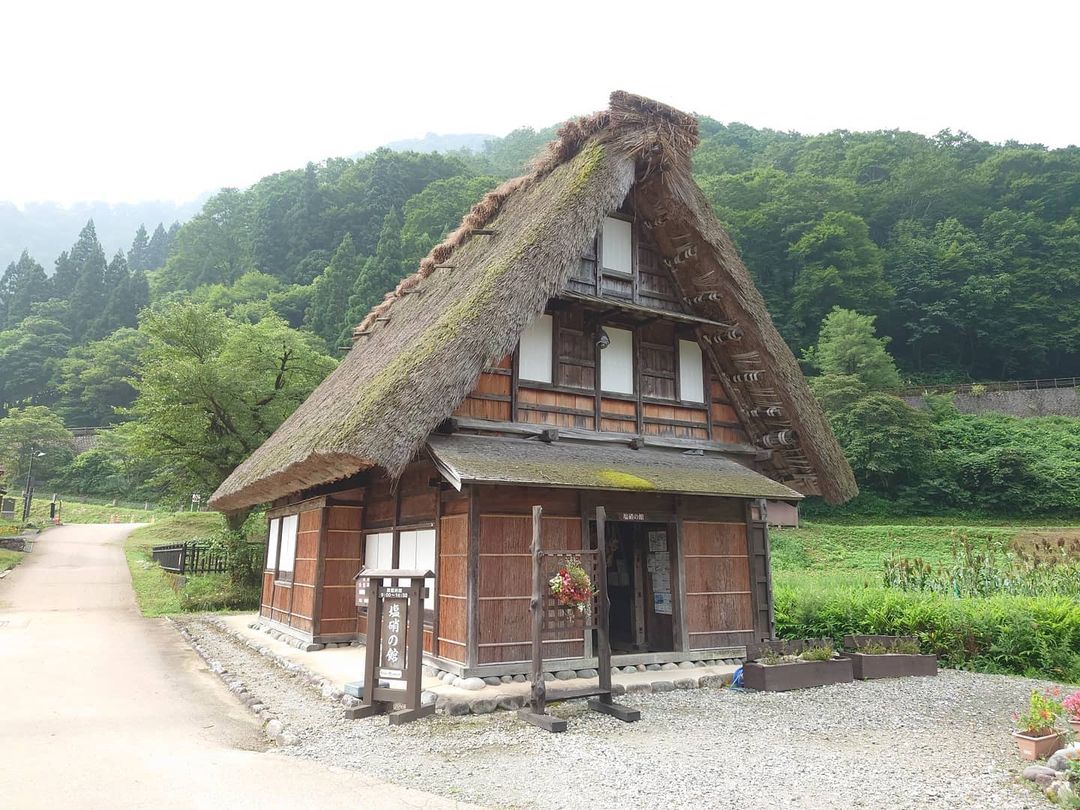
Saltpeter Museum
Image credit: @ancha0826
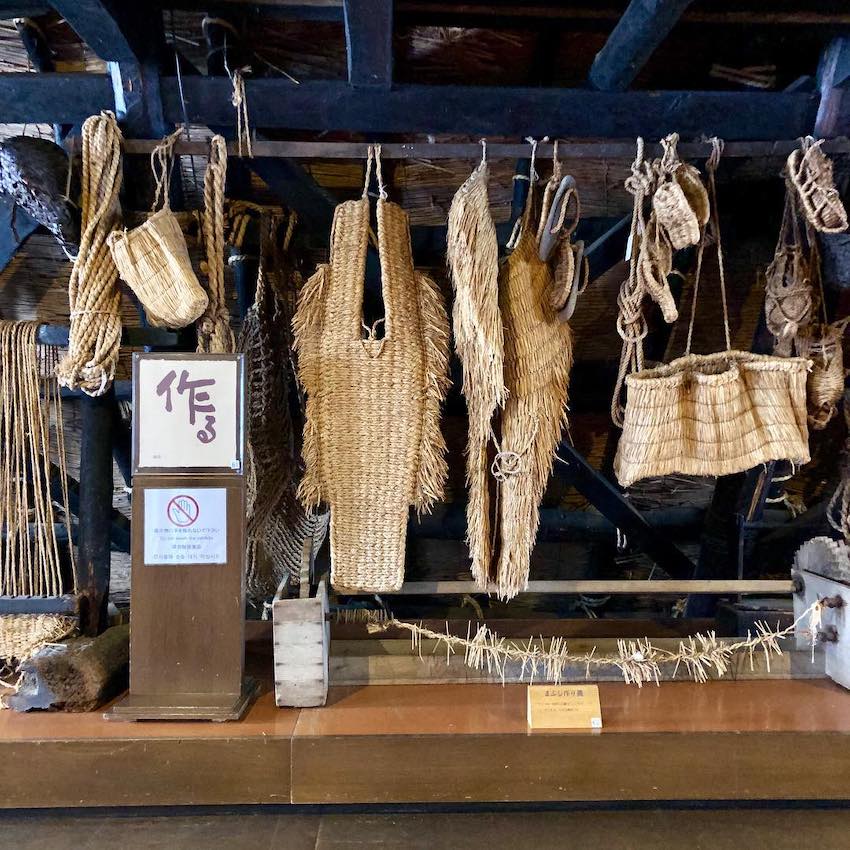
Inside the Saltpeter Museum
Image credit: @taco_taco_chan
In the Edo period, producing saltpeter – an ingredient used for making gunpowder – was a major industry for Gokayama, and almost every household was involved in production. The Saltpeter Museum features the tools used to make saltpeter in the past and other exhibitions relating to saltpeter production.
Since there aren’t as many tourists visiting Suganuma Village, the museums don’t provide much information in English. We encourage you to have a translation device on hand when visiting Suganuma Village.
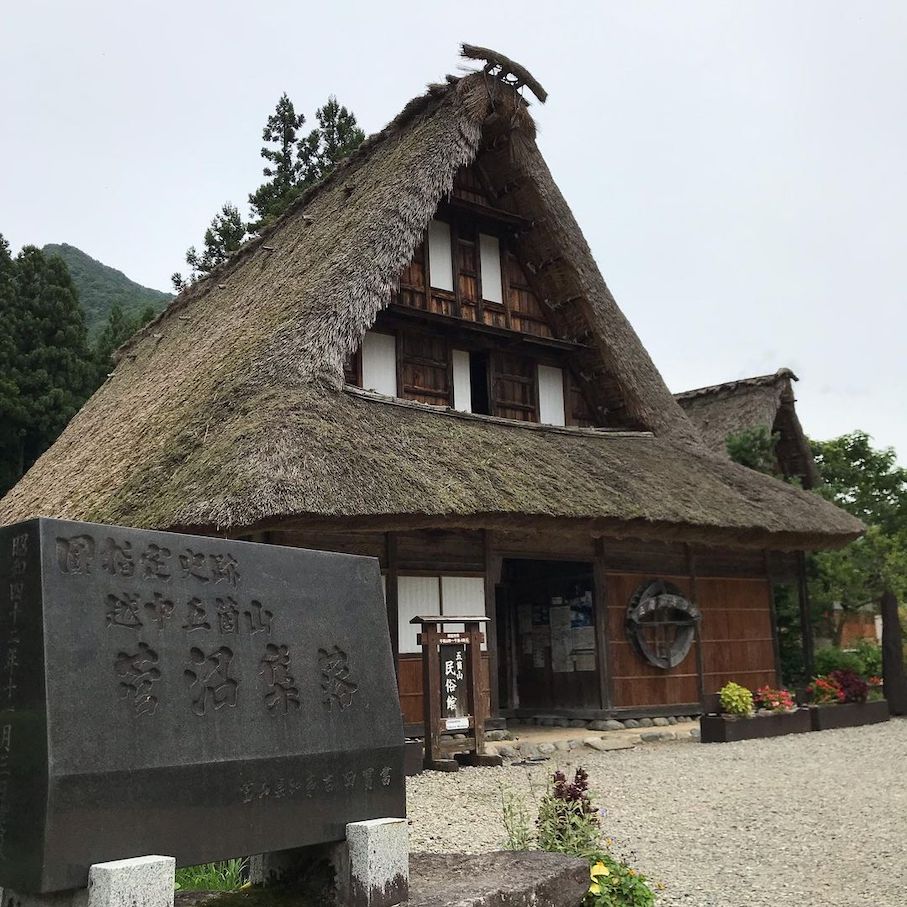
Gokayama Folklore Museum
Image credit: @_.asuka._48
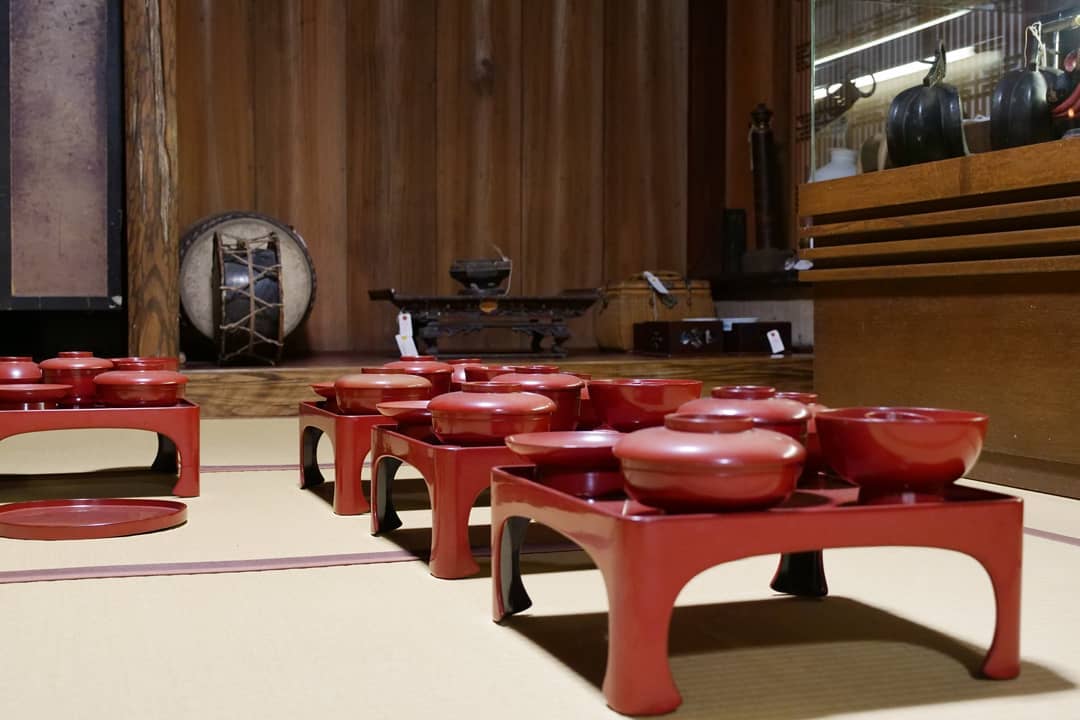
Image credit: @tukeage_niigata
The Gokayama Folklore Museum showcases household items and tools used by the villagers in their daily lives. There are about 200 items displayed here, including tools used for farming, raising silkworms, and making traditional Japanese paper.
There isn’t much information in English at the Gokayama Folklore Museum as well, but you might be able to get your hands on a folder filled with information in English provided by the museum.
To visit both museums, you only need to purchase 1 ticket. The ticket costs ¥300 (~USD2.87) for adults and ¥150 (~USD1.43) for elementary and junior high school students.
Getting to Suganuma Village
Suganuma Village has a peaceful and laid-back vibe that is hard to find, especially in the densely populated cities of Japan. You can view the entire village from the Nanto World Heritage Suganuma Gasshozukuri Village Observation Area and take in the unobstructed view of the unique gassho-zukuri in nature.
Getting there: Board the Gokayama-bound bus from Johana Station on the JR Johana Line. Alight at the Suganuma bus stop. A one-way ride from Johana Station to Suganuma Village takes approximately 40 minutes and costs ¥1,100 (~USD10.51). You can refer to the bus’ timetable here.
Address: 587 Suganuma, Nanto, 939-1973 Toyama
Website
Saltpeter Museum
Address: 134 Suganuma, Nanto, 939-1973 Toyama
Opening hours: 9AM-4.30PM, Daily (Closed from 29th Dec-3rd Jan)
Gokayama Folklore Museum
Address: 436 Suganuma, Nanto, 939-1973 Toyama
Opening hours: 9AM-4PM, Daily (Closed from 29th Dec-3rd Jan)
Check out these other interesting places to visit in Japan:
Cover image adapted from: @kazuhiko_takashima and @ayasanpom
